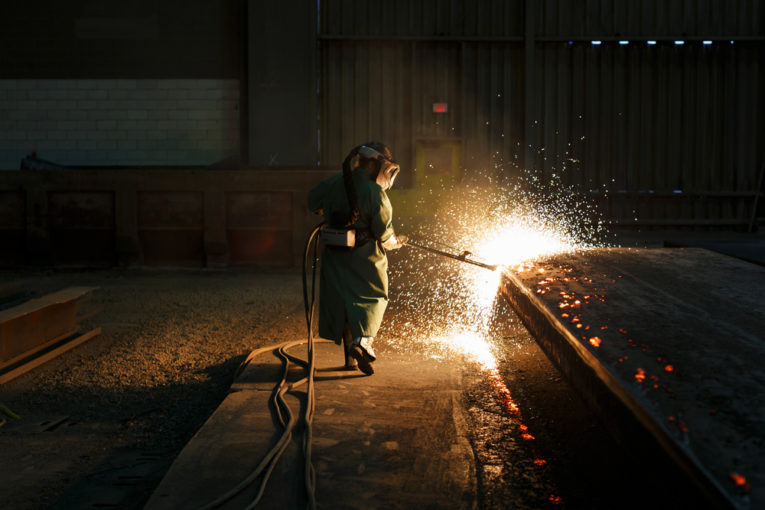
Part of an ongoing series that looks at changes one year after the global trade wars ignited.
The noise pulsing throughout Supreme Steel’s fabrication plant in Delta, B.C., on a busy day is enough to pummel the ears. The clanging of iron, the blast of the Wheelabrator, the general din of steel being punched, sheared and burned into enormous structural components — some weighing as much as 300 tonnes — all signify the plant is operating at its peak.
Since the early 1980s, the facility has often done just that, pumping out complex steel segments to be loaded onto barges, carried on the nearby Fraser River and ultimately incorporated into an impressive list of industrial and commercial projects. Supreme’s steel can be found in the Port Mann Bridge in nearby Surrey, the Texada Island ship loader and countless energy industry projects that have long been the bread and butter for Western Canadian fabricators.
“Back in the day, we did the Lions Gate Bridge, we did the first Vancouver Convention Centre, not to mention the second,” said Kevin Guile, Supreme Steel’s chief operating officer. “A lot came through here.”
But times change. As capital spending in the oil and gas business steadily thinned over the years, so too did the order books for Supreme’s five Canadian fabrication plants. By this past summer, the decline was enough that Guile found himself flying into Delta from Supreme’s Acheson, Alta., head office to announce plans to shutter the plant for good, cutting 130 jobs. The closure of a second facility in Winnipeg will cut another 60 jobs.
“There’s always been peaks and valleys we’ve gone through, but this had to do with the long-term erosion in demand,” Guile said. “We had to consolidate.”
Further north in B.C., some recent flickers of life have emerged even as overall energy sector spending flatlines. A joint venture led by Royal Dutch Shell PLC broke ground on a $40-billion liquefied natural gas project in Kitimat earlier this year. And Singapore’s Pacific Oil and Gas Ltd. plans to announce an investment decision on the smaller $1.6-billion Woodfibre LNG this fall.
They are the sorts of anchor projects that could keep beleaguered steel fabricators like Supreme Steel running for years. Yet much of that opportunity has been effectively dashed, fabricators say, by a federal Department of Finance decision to grant a rare exemption on certain Canadian anti-dumping and countervailing duties — a move that opened the door to large portions of the projects being supplied by China.
“The LNG project had a lot of promise and a lot of excitement around it because it was the first big project seen in Western Canada in a lot of years,” said Neil Rasmussen, president of Edmonton based Bri-Steel Manufacturing, which supplies complex pipe systems to the energy sector. “But when you consider that all the steel is going to supplied over (in China), it’s all going to be fabricated and constructed over there, we’re just going to assemble it or stack it up … how much of it is really happening here, you know?”
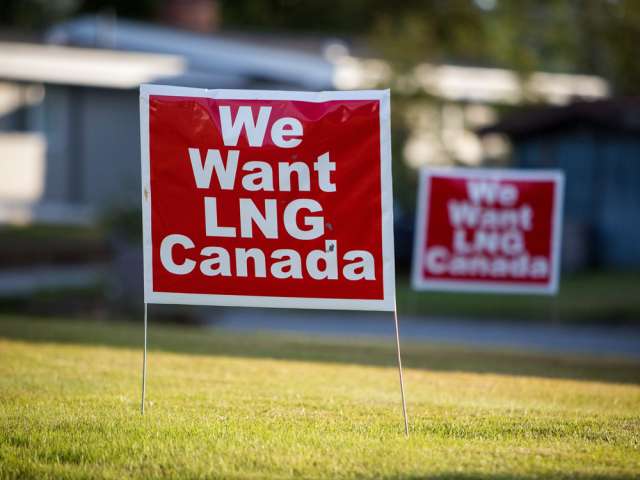
At issue are imports of fabricated industrial steel components (FISC), the massive modules outfitted with sophisticated equipment essential to an LNG terminal. Rather than ship steel and other raw materials to remote sites, energy companies are increasingly opting for modularization, a form of construction in which large box-like components are built in vast mod yards and assembled on-site like Lego blocks.
The modules sought by LNG Canada are enormous, equivalent in height to a 12-storey building and in length to an Olympic-sized swimming pool. They are expected to weigh in at more than 3,600 tonnes.
Those specifications ruled out using Canadian module suppliers, LNG Canada said, because no component even close to that size has ever been built or transported here. Only a few mod yards in the world have the expertise and experience to deliver all 200 components LNG Canada requires, the consortium said. The yard that LNG Canada picked is a massive joint venture between Fluor Corp. and China Offshore Oil Engineering Co. Ltd. on China’s southern coast near Hong Kong.
The steel modules are a massive component of the $40-billion LNG Canada project. The value of the engineering, procurement and construction contract — which includes the 200 modules — is US$14 billion, according to a press release from Fluor. By contrast, the Coastal GasLink pipeline connecting to the LNG facility will use primarily domestic steel and will cost $6.2 billion.
Sourcing the modules from Canada “would not have allowed the project to be competitive with other projects in the world, and would have introduced an unacceptable amount of risk,” said LNG Canada spokesperson Susannah Pierce.
Canada’s steel fabricators don’t believe that’s true and in August 2016 complained to the country’s top trade court that the imported components were made with subsidized, dumped steel.
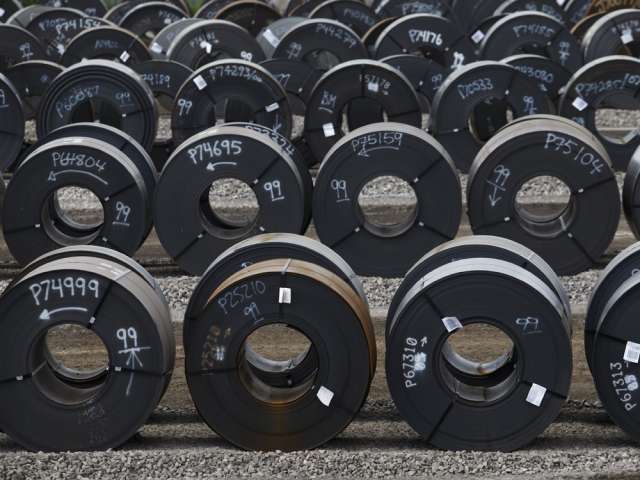
In 2017, the Canadian International Trade Tribunal (CITT) ruled in their favour, finding that modules from China, South Korea and Spain were being dumped, or sold at less than fair value, in Canada. Anti-dumping duties of 45.8 per cent were imposed on the fabricated steel contained in the modules from all three countries, while steel in the Chinese modules was also found to be subsidized, prompting an additional duty of up to 70 per cent.
Though the LNG consortium requested an exclusion, arguing the modules they needed couldn’t be made in Canada, the CITT refused. The LNG companies then requested a judicial review by the Federal Court of Appeals.
But, in a highly unusual move, Ottawa stepped in. In a surprise announcement in August, Finance Minister Bill Morneau granted full duty remissions on the components for both the LNG Canada and Woodfibre LNG projects.
“Trade barriers would not be permitted to stand in the way of these historic private-sector investments,” the government said in a release at the time.
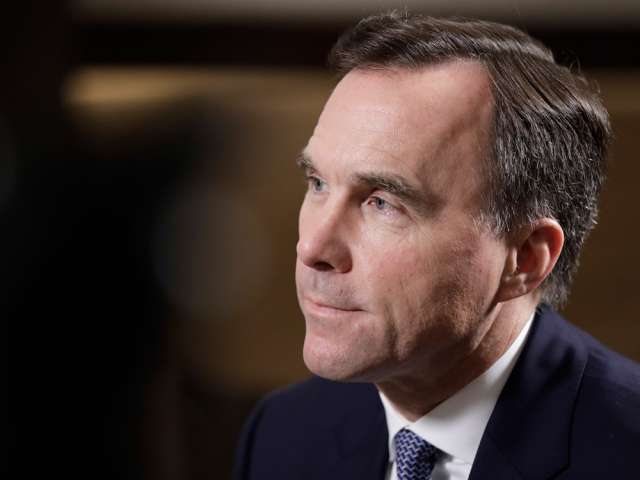
For long-time Canadian trade lawyer Cyndee Todgham Cherniak, the government’s decision to override its top trade court — and refer to its duties as “barriers” — was shocking.
“It really was a bizarre, bizarre move by the Department of Finance,” said Todgham Cherniak, of LexSage Professional Corp. “I’ve never seen them do it, ever. They are overriding the CITT decision that is currently before the Federal Court of Appeal in a judicial review. Shouldn’t the legal process run its course?”
Todgham Cherniak, who represented LaFarge Canada Inc. in arguing that the CITT had erred in its finding, believes the tribunal should not have sided with the fabricators’ argument that they could make the modules.
“We don’t have the capability to build these larger modules in Canada; it’s not the Chinese circumventing the system,” she said. “At the end of the day, if you aren’t making them now, you don’t have the capability. You can try, but which lucky company gets to be the guinea pig when you fail?
But if the finance department believes the modules cannot be produced in Canada, thereby justifying a remission, Todgham Cherniak questions why the exemptions were limited to just two companies instead of being knocked down altogether. And, she believes, referring to the CITT’s decision as a “trade barrier” throws its expertise into question, opening the door for every ruling on steel to be contested.
“It really is a whole host of inconsistencies and it does not make sense,” she said. “It’s 100 per cent for political reasons to be able to have this LNG project that this decision was made. It’s really not a coherent trade policy and it’s concerning.”
It’s 100 per cent for political reasons to be able to have this LNG project that this decision was made
Todgham Cherniak, trade lawyer
In a statement, the Department of Finance said the remissions followed appropriate procedures and were warranted because “modules of the size and complexity required for these projects are not available in Canada.”
The projects would continue the global shift to clean energy, provide thousands of jobs and “deliver significant economic and environmental benefits for Canadians,” said Morneau spokesperson Ryan Dunn.
They are also an important win for an LNG export industry that has struggled to materialize in Canada, despite the great expectations for economic growth by diversifying energy exports.
A decade ago, there were more than 20 LNG project proposals on Canada’s West Coast. By 2015, that number had shrunk to just 10 active proposals and it’s kept on shrinking.
In recent years, AltaGas Ltd. has cancelled the Triton LNG project, Malaysia’s state-owned oil giant Petronas dropped the $36-billion Pacific NorthWest LNG project, China’s state-owned CNOOC Ltd. killed its $28-billion Aurora LNG project and Texas-based Exxon Mobil Corp. pulled out of the regulatory process for its $25-billion West Coast Canada LNG project.
Meanwhile, five LNG projects have been built in the United States and are currently super-cooling natural gas until it reaches its liquid form at –160 C for export to more lucrative commodity markets overseas. Another eight are currently under construction, according to the U.S. Federal Energy Regulatory Commission.
The result has been more construction activity and skilled trades work around the U.S. Gulf Coast as well as consistently higher prices for natural gas produced south of the border.
Indeed, Bri-Steel Manufacturing’s Rasmussen has watched his volume of domestic business fall to a quarter of what it once was.
“It’s been terrible here in Canada,” he said. “I think 95 per cent of our business this last year-and-a-half has gone to the U.S. If we had to rely on the Canadian market, I don’t think we would exist here anymore.”
Rasmussen and Supreme Steel’s Guile are among those who believe Canada could produce super modules of the size LNG projects require. Though Supreme’s Delta plant isn’t suited to module production, that doesn’t mean the industry couldn’t establish a yard somewhere in the lower B.C. mainland, solving shipping problems by moving the modules over water to Kitimat, they say.
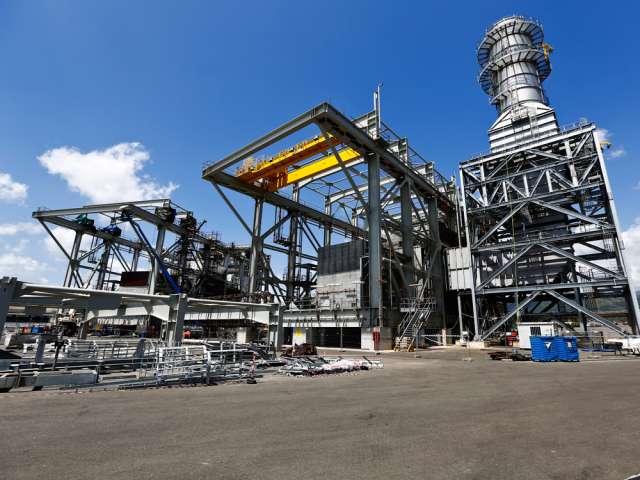
“A module yard is really nothing more than a big gravelled area, well compacted, with offices, which are generally trailer complexes, craft buildings for superintendents and so forth,” Guile said. “It’s not overly complex, the infrastructure.”
Others are less sure. Canada’s fabricators have made big modules for energy projects before — producing them in Edmonton-based mod yards — but they’ve never built a component of the size LNG requires. The largest one ever constructed was estimated to be about 1,000 tonnes.
Size is one thing, transportation is another. The LNG modules are about six times bigger than the largest module that has ever moved on Alberta’s oversized load network, which is used to ship giant units to the oilsands, said Pieridae Energy Ltd. spokesperson James Millar.
Pieridae is currently working towards building a $10-billion LNG project called Goldboro in Nova Scotia to export gas to Europe.
Millar said the company will take the advice of its engineering, procurement and construction contractor, Houston-based KBR Inc., on where to source the steel for that project. Goldboro will require domestic steel as well, but Millar said the oversized modules would be a challenge to source domestically.
The perspective is shared by LNG Canada.
“LNG Canada took a calculated, but significant risk to move forward with overseas module fabrication based on the merits of our case: large complex modules cannot be made in Canada,” Pierce said.
Pierce said the Coastal GasLink pipeline connected to the LNG Canada facility will use Canadian steel and the company will be using 13,000 metric tonnes of rebar for other construction needs at the site.
Other opportunities for Canadian steel are also expected to emerge, though JGC Fluor BC LNG JV, the engineering, procurement and construction company for the project, would not know the breakdown between domestic and imported steel at this point, she said.
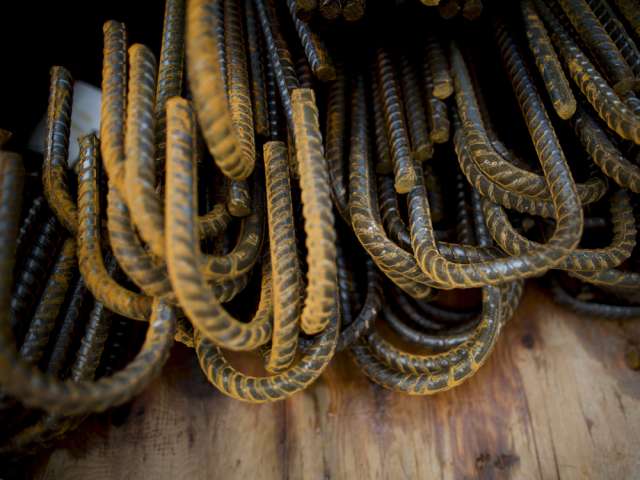
“They will determine the amount (of domestic vs. imported steel) as part of their contracting and procurement strategy over the next few years as part of their lump sum contract,” Pierce said.
B.C. LNG Alliance, an industry group representing LNG export projects, also said large quantities of Canadian steel will be needed though it also declined to say what proportion of a project’s spending on steel would go to domestic companies.
“Should a Canadian domestic and export LNG industry develop at the pace and scale of the global LNG market, the sector will support hundreds of millions of dollars of continual procurement opportunities for steel manufacturers and thousands of new Canadian steel fabrication-related jobs during construction,” the group said in an emailed statement.
Those promises aren’t enough for Canadian steel fabricators missing out on a rising trend in construction, said Ed Whalen, chief executive of the Canadian Institute for Steel Construction, the industry’s primary lobbying voice.
Three to five years ago, there were 36 mod yards open in Edmonton, employing about 8,000 workers, he said. Today, just three are in operation, each employing a skeleton crew of 20 staff.
“This isn’t just an LNG story. Residential, hotel developments, all are increasingly using modules,” Whalen said. “Modular construction is mainstream now and it will exponentially increase in the coming years. It’s the way things are going to be done. If the work is just sent to China, pretty soon we won’t need the manufacturing facilities that make steel.”
And despite promises of other opportunities to supply steel beyond the modules, he said none have appeared yet.
“Everybody wants us to be quiet and let’s just get this project going,” Whalen said. “We want that too, but not at the expense of our entire industry.”
Financial Post
• Email: [email protected] | Twitter: naomi_powell
• Email: [email protected] | Twitter: geoffreymorgan
You can read more of the news on source
